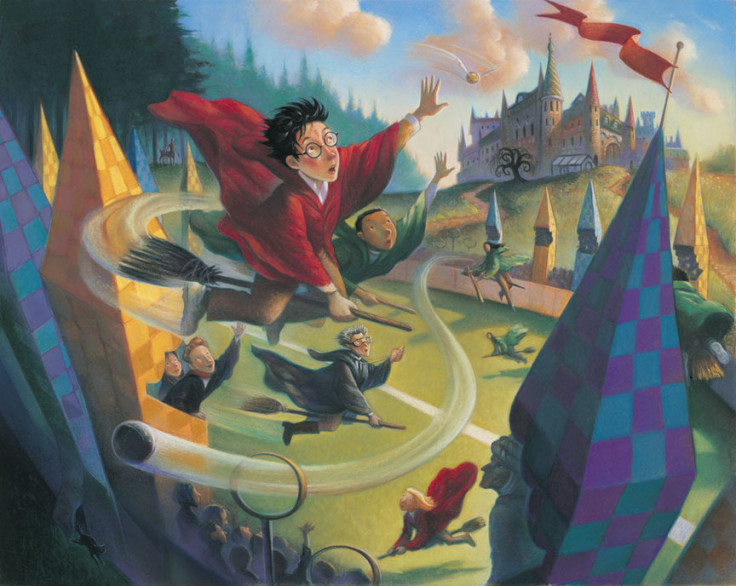Harry Potter readers and fans of fiction are empathetic and use more regions of their brains

People who read fiction such as Harry Potter use the same regions of their brains that they would use to perceive action and movement in the real world, according to researchers.
Computer scientists and neurologists from Carnegie Mellon University (CMU), Queen's University in Belfast and the Indian Institute of Science in Bangalore discovered the findings.
This follows on from research released in the summer by Dutch researchers that revealed those who read fictional books like the hugely popular boy wizard's adventures are more empathetic are more tolerant of others.
In three separate studies looking at primary school, secondary school and college students in Italy and the UK, researchers from VU University Amsterdam and FrieslandCampina found that the participants were able to assume the perspective of marginalised groups such as the "mudbloods" in Harry Potter.
Harry Potter and the first ever computational brain maps
And now, another study also using Harry Potter books, has learned much about how the brain processes language, grammar and meaning in fiction.
CMU's Machine Learning Department, which led the study, performed functional magnetic resonance imaging (fMRI) scans on the brains of eight people, who were each reading the same chapter of Harry Potter and the Sorcerer's Stone.
The researchers then analysed the brain scans, cubic millimetre by cubic millimetre, to locate every four-word segment in the chapter, and were able to create the first ever integrated computational model of reading.
Their research, entitled Simultaneously Uncovering the Patterns of Brain Regions Involved in Different Story Reading Sub-processes is published in the open access journal PLOS ONE.
Using this computational model, the researchers were able to compare fMRI activity of the brains to different text passages from the Harry Potter book and work out, with a 74% accuracy, which passages were being read.
74% accuracy in tracking brain activity while reading
"The test subjects read Chapter 9 of Sorcerer's Stone [also known as the Philosopher's Stone], which is about Harry's first flying lesson," said Leila Wehbe, a PhD student in the CMU Machine Learning Department.
"It turns out that movement of the characters — such as when they are flying their brooms — is associated with activation in the same brain region that we use to perceive other people's motion. Similarly, the characters in the story are associated with activation in the same brain region we use to process other people's intentions."
These in-depth brain maps hold great promising for understanding and diagnosing reading disorders like dyslexia, or in helping doctors to track the recovery of stroke patients, where the stroke has impacted the parts of the brain that govern speech.
"At first, we were sceptical of whether this would work at all," said Tom Mitchell, head of the Machine Learning Department at CMU.
"But it turned out amazingly well and now we have these wonderful brain maps that describe where in the brain you're thinking about a wide variety of things."
The CMU researchers also did a complementary study that analysed participants reading Harry Potter to see how words are integrated into memory, using magnetoencephalography (MEG) to record brain activity.
They found the brain first visually perceives a word it reads and then accesses the properties of the word to fit it into the story's context.
© Copyright IBTimes 2025. All rights reserved.






















